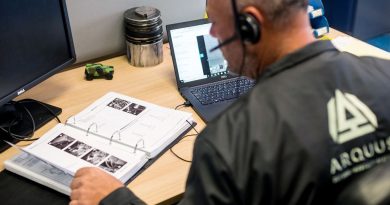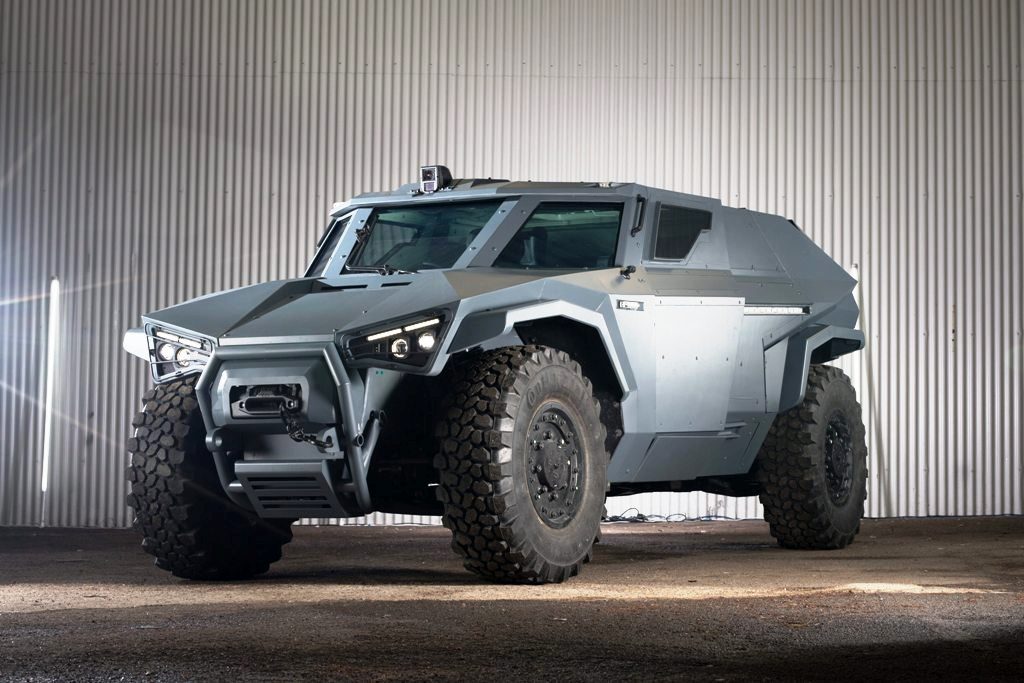
Arquus: managing the vehicles’ energy budget to reduce fuel consumption
In the golden triangle of any armoured vehicle, mobility, protection and firepower, all the extremities of the triangle depend on one vital element, energy. This can be provided by the transformation of fossil fuel into mechanical force or from a chemical transformation providing electrical power, however without energy the vehicle will not move, will not see and will not fire.
At Arquus, which at that time was still named Renault Trucks Defense, the shift from the typical diesel propulsion towards parallel hybrid propulsion was not born for energy saving reasons but for increasing stealth, in the final approach phase as well as when the vehicle is used in static surveillance mode: “This happened around 10 years ago,” François Deloumeau, the recently appointed Innovation Advisor with a whole career in the R&D sector tells EDR On-Line a few days before the virtual Eurosatory inauguration, this subject being one of those that would have been raised at the event in Villepinte. Some research work was done together with the French MoD and the Délégation Générale de l’Armement (DGA) “and soon we realised that the hybrid propulsion was inherently a fuel saver, as without any optimisation work we immediately obtained a 15 per cent in fuel consumption,” he explains.
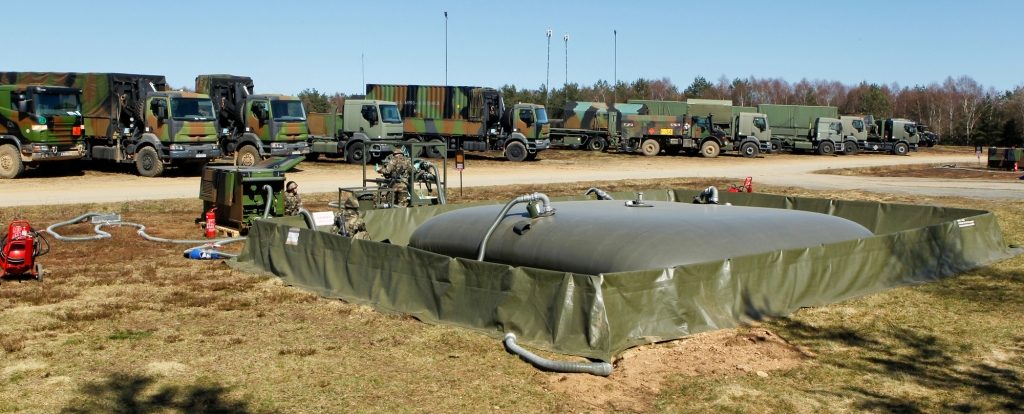
The turning point that led to the shift from the search of a reduced acoustic and thermal signature to that of fuel saving was the mission in Mali; started as “Opération Serval” in January 2013, it switched to “Opération Barkhane” in August 2014, changing the mission but not the context, that is long range operations that considerably stressed the logistic support, and in particular fuel resupply. Hence the new focus on fuel saving. Reducing fuel consumption not only reduces the logistic burden but also the risks for logistic personnel running convoys in unfriendly areas.
“In late 2016, early 2017 the energy consumption optimisation became the real issue, and we started working on that topic with the support of the Commissariat à l’énergie atomique et aux énergies alternatives (CEA), the French Alternative Energies and Atomic Energy Commission,” tells us the Innovation-man at Arquus.
When looking at energy production and consumption optimisation, the Arquus scientists approached the problem in the most possible comprehensive way. “One of the first moves was to shift from a purely performance-based development of hybrid propulsion, which typically allows increasing acceleration thanks to the high torque provided by the electric component, to a dual use of that propulsion configuration, developing consumption-oriented driving strategies when the vehicle is not in combat,” François Deloumeau tells us. Another advantage of a hybrid system is the high electric power production capability available on board. “This allows to shift from hydraulically driven systems to electrically driven systems, the latter efficiency being higher.

“We also realised that diesel engines used in military vehicles, which are usually designed for industrial vehicles use so optimised for lasting up to 1.5 million kilometres, while on a military vehicle the required duration of the powerpack is roughly one quarter of this or even less, 250,000-300,000 km being usually the reference data,” Deloumeau points out. The idea is to harshen the engine working parameters in order to optimise the heat exchange. “Increasing the pressure of the cooling system, up to the double, allows to increase the boiling temperature, to reduce the air flow power needed for cooling, and to reduce the cooling system dimensions, only the pipes needing to be more resistant, which has a nearly nil limited impact on weight,” he continues. This is especially important when operating in high temperatures scenarios, as increasing the difference between the outside temperature and the engine working temperature allows improving the heat exchange, as it reduces the airflow needed for cooling. “Obviously increasing the lubricating fluids temperature, which reduces the lubricating effect thus reducing the engine duration, but as we already said this is not the main issue in military vehicles,” François Deloumeau continues.
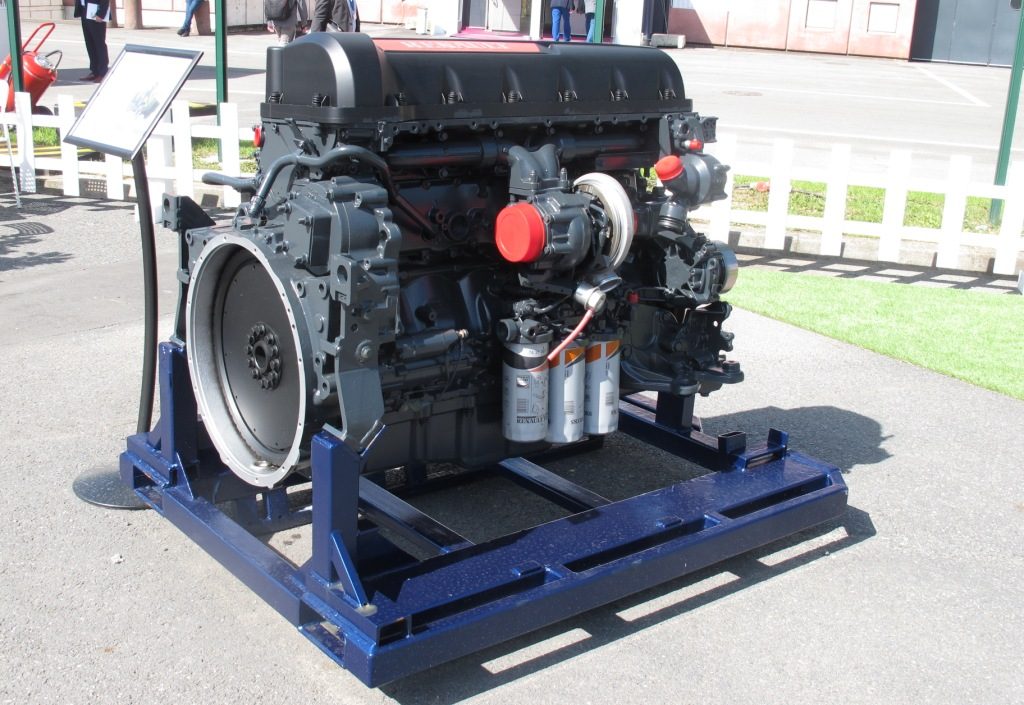
Another issue is the turbocharger, which in current engines is driven by exhaust gases. “The availability of electric power on board should bring to the adoption of electrically driven turbochargers, which do not have any delay, their rotation speed can be optimised, the allow further fuel saving and even more important they provide a greater acceleration, a key element in combat, which is already improved by the hybrid propulsion itself.”
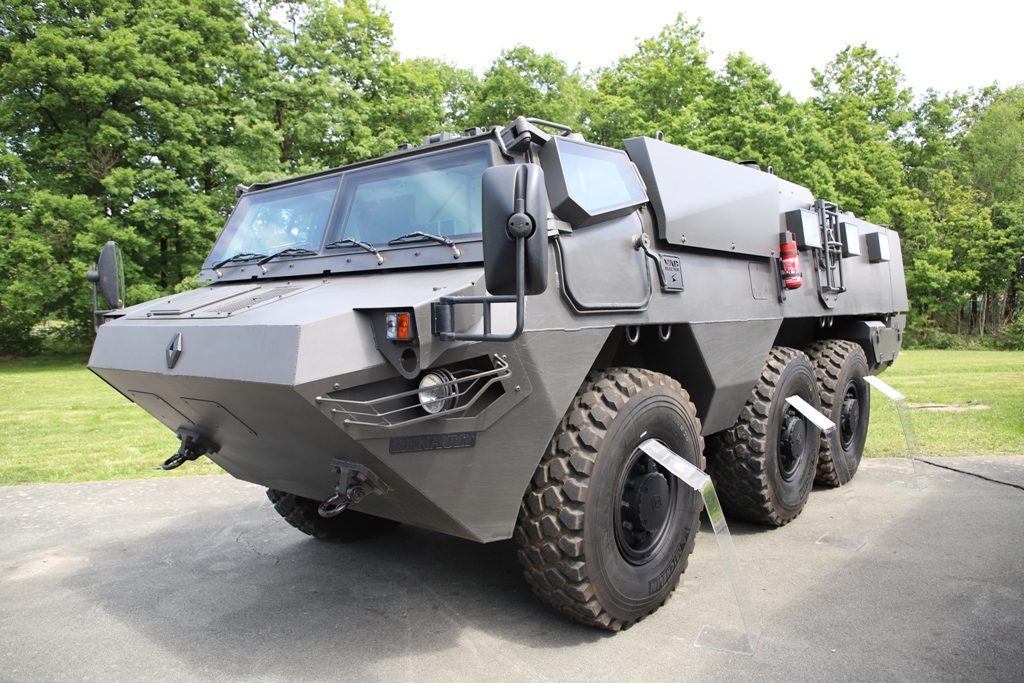
Of course renewable energy sources are also being considered, installing photovoltaic cells embedded within the ballistic protection allowing to obtain “for free” around 6 KWh per day, not much but a complement of energy for reloading batteries and for running the vehicle in general. One function that uses a lot of energy is the onboard comfort. “Air conditioning must be split from propulsion, and the air flow must be optimised in order to direct it on to the most sensible part of the body, the face and the thorax, in order to increase the perceived comfort while reducing consumption, but beside the personnel comfort another key issue is the cooling of vetronics elements,” our speaker underlines. Here the proposal is to take the heat outside the protected cabin using heat pipes, cooling them using an airflow which consumption is much lesser than that of the air conditioning system.
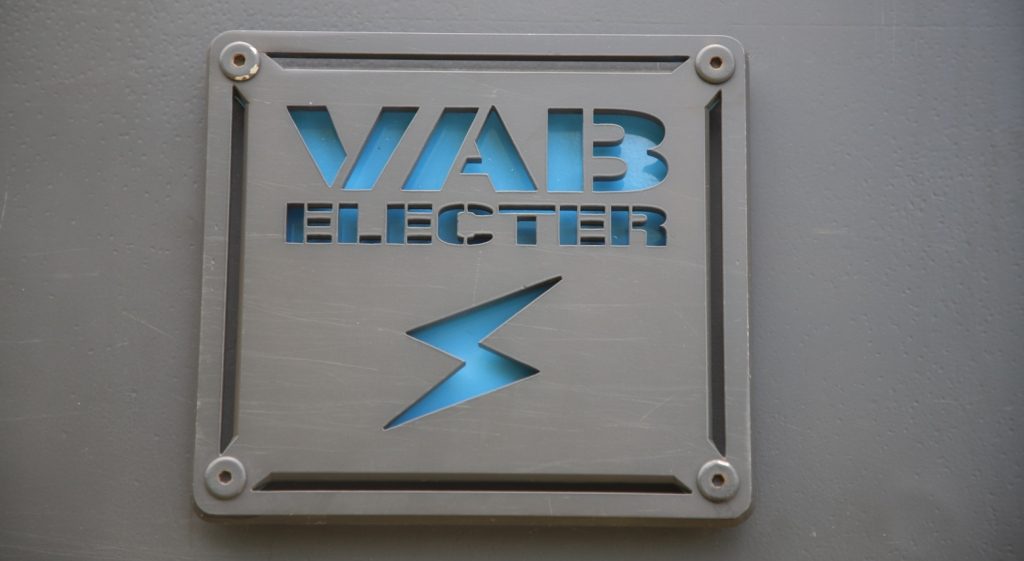
Another compromise between performances, duration and fuel consumption can be found on tires. Currently the military tend to favour mobility, however those pneumatics tend to wear out rapidly and are not fuel-efficient, as they have a high rolling resistance. “We are in discussion with major tires producers, to propose tires that will be marginally less efficient in terms of mobility on difficult terrain, namely mud, but will halve the rolling resistance and will also last longer,” Deloumeau states, adding that “Non-Pneumatic Tires, usually known as NPTs, are making progresses and might well be a good solution, however at the moment they are not capable to sustain heavy loads, their current limit being under one ton per wheel.”
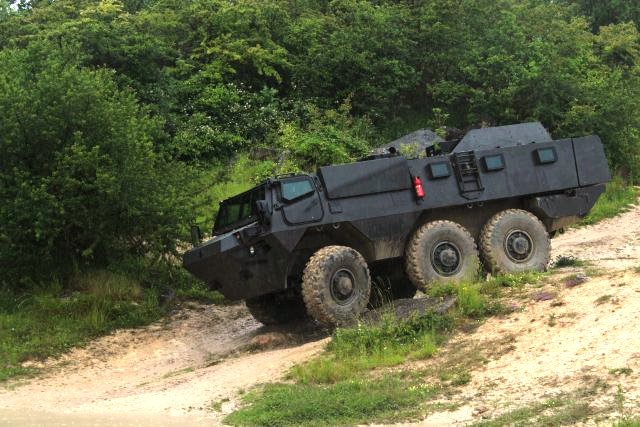
“Our aim is to reduce fuel consumption on military armoured vehicles by 40 per cent, which will have a considerable impact on the logistic footprint when forces are deployed overseas in missions that require a considerable amount of movement,” François Deloumeau concludes the technological part of the interview, underlining that this will also considerably reduce polluting emissions, a key element for the French MoD .
Which are the programmes that Arquus is considering for practical applications of its R&D work? The company developed in the past the VAB Electer and is currently investing heavily on the Scarabée, however the French MoD is already looking the hybridation of some of its armoured vehicles, starting with VBCI and Griffon. The two vehicles are at a very different stage of their operational life; for the VBCI a hybrid solution might be adopted when the 8×8 will have to be submitted to a Mid-Life Update, as for the Griffon the 8 KW currently available might become quickly insufficient, a hybrid propulsion system providing some 70 KW of on-board energy. Strangely enough the Jaguar, a reconnaissance vehicle that might exploit the stealthness of the hybrid propulsion going electric in the last approach phase, is not apparently at the forefront of the hybridisation process. A study has however been made for that vehicle, obtaining a powerpack having the same mass and volume that ensures fuel saving as well as improved acceleration. Arquus’ innovations might be of some interest for the Main Ground Combat System (MGCS), the future tank that is being developed by three defence companies, KMW and Rheinmetall of Germany and Nexter of France, the former and the latter forming KNDS. “Although we are not part of the trio, we have solutions to offer as the future MBT will have, it is already decided, a hybrid propulsion: we have been developing power packs, hybrid concepts, energy management systems, as well as suspensions, leveraging some lessons learned notably on the Jaguar suspensions,” François Deloumeau concludes. In fact many other topics were discussed but we will relate on those in another article.
Photos courtesy Service des Essences des Armées, Arquud and P. Valpolini

